
Who is to blame? A question at the heart of Swiss response to natural disasters

A shift in thought about the cause of natural disasters in the 19th century helped save lives and shape contemporary Switzerland.
Violent storms and landslides were no longer considered divine punishment but perceived instead as problems to be tackled together. It remained taboo to ask who was responsible for the weather, allegedly in the interest of the public’s wellbeing. Traces of that attitude are still manifest in debates today.
The weather, a popular topic for small talk, has long been politicised. At a time when global concern is focused on climate change, it is almost impossible not to draw a link between human activities and natural disasters. Our lifestyle choices also influence the weather. But to what extent is a divisive issue.
The massive storms that wreaked havoc across Europe last month triggered dramatically different interpretations of their significance. At one end of the spectrum, scientists like Swiss meteorologist Jörg Kachelmann warned they are only the “beginning of the tragedy”. On the other, former president of Switzerland’s Radical Party Franz Steinegger thought people were overreacting, calling it “climate hysteria”, and urged us to relax.
Steinegger has earned the nickname “Disaster Franz” due to his vast experience as a crisis manager in canton Schwyz. Asked whether people in cities reacted differently to natural disasters than the rural population, he said: “People in the country are more relaxed, they have seen it before. They are also more willing to accept these events as acts of God.”
Disasters as divine punishment
Blaming God for natural disasters may sound like an ancient adage from the Swiss Alps, but it’s a relatively recent perspective. Up until a few centuries ago, natural disasters were not simply accepted – they were thought to have a deeper meaning. Just like parents used to beat their children with a rod, God used to send “fear-inducing signs”, or so it was believed, to point us in the right direction – catastrophes like the biblical Seven Plagues and the Great Flood were seen as God’s messages.
While the rural population would put butter and milk on the windowsill to appease God, theologists would ponder how to deal with God’s “capricious preaching”. They were in a tough spot because not everyone who died in an earthquake such as the 1755 tremor in Lisbon was a sinner – children and religious people were among the dead.
One explanation was that God also punished those who did not stop sinners. Swiss climate historian Christian Pfister wrote: “The entire community was held liable for the sins of its residents. It was the best way to avoid holding individuals responsible and distribute the blame to everyone.” That diffusion of guilt helped blunt the edge of tragedies.

Learning through disasters
It was a significant step forward when people’s sins were no longer thought to have provoked the wrath of God. Before that, innocent women thought to be witches were burnt at the stake for events completely out of their control, such as droughts or floods. Once the blame shifted away from individuals, natural disasters became something that brought communities together. As in the case of other tragic events such as war, feelings of solidarity grow stronger when there is a common external force to blame.
But this can be a doubled-edged sword. As we have recently seen, when politicians swoop in to communities following a natural disaster and are not perceived to take it seriously, it can negatively impact their careers and take a toll on traumatised communities.
Landslides, storms, and floods brought people closer together and significantly contributed to Switzerland’s rise as a nation. The first time that disaster relief was proclaimed a unifying element for the country was in 1806, when the landslide of Goldau in canton Schwyz killed more than 400 people and destroyed a whole village.
Andreas Merian, Napoleon’s chief magistrate in canton Schwyz, considered mutual aid a common force: “Any donation of a Swiss citizen is in the interest of the nation, and everyone benefits from it. Those who receive assistance are grateful and develop a national sentiment which leads to federal unity and true brotherly love.”
With this statement, Merian attempted to turn religious guilt into republican solidarity, and he did. Every canton sent donations and notes of condolences to the village of Goldau, and it was the first time in history that support was not only provided by individuals but was a concerted effort by the whole country for one canton.
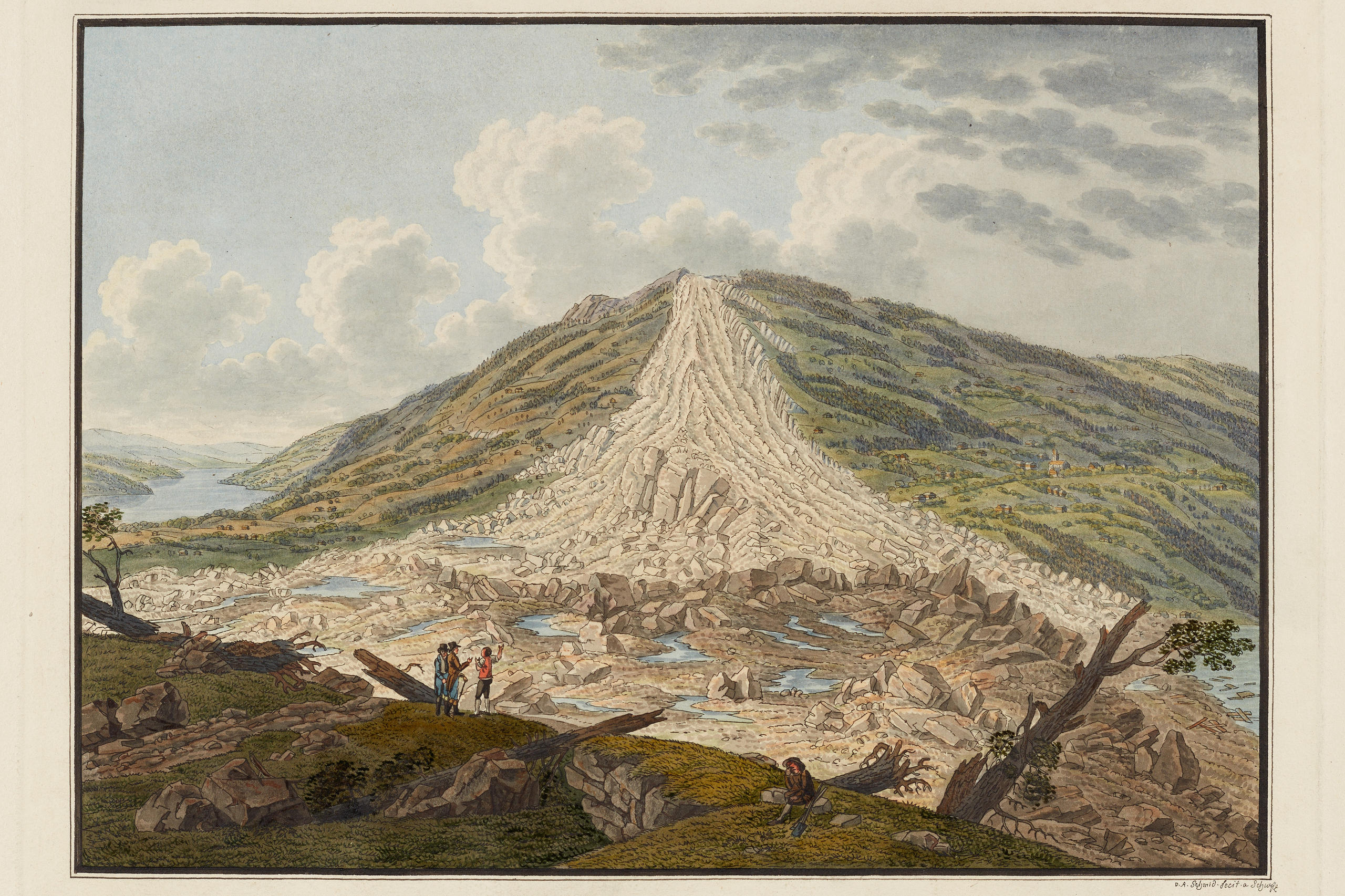
National monuments of flood protection
Myriad disasters helped Switzerland find its role. In the 19th century, privately run emergency relief was slowly taken over by the federal government.
In 1834, when the Confederation was deeply divided, floods wreaked havoc in large parts of Switzerland. The members of the Tagsatzung, the central organ of the Confederation consisting of delegates from the cantons, took control of (private) fundraising. They negotiated with the cantons how to best invest the funds, but the negotiations regularly went beyond brotherly love, and the money was often spent in the interest of the state. Even though some individuals received funds out of compassion, they were mainly invested in infrastructure. In canton Graubünden, for example, donations were primarily used for flood protection to prevent future disasters after 1834. The money went to local contractors while those who were badly affected only received little assistance and plunged into poverty. In other words, the affected areas received development aid rather than direct assistance.
River rerouting projects and dam constructions undertaken after 1834 were considered monuments of national unity. However, canton Valais refused to join the infrastructure drive and preferred to distribute the money to affected individuals. In 1869, the Federal Council said the following about the canton’s strategy: “There is no monument in Valais that displays the national labour of love and protects the country from future disasters.”
In 1868, Switzerland was struck by another catastrophe. Heavy rains caused floods claiming 51 lives and causing major destruction across the country. In 1834, flood protection was still the responsibility of the cantons, however, after this major disaster, the federal government decided to take control of it. It also launched a national campaign for donations and collected CHF3.6 million as well as more than three tonnes of food. The slogan “One for all, all for one,” became the national credo. During that time, laws and measures for flood protection were adopted and are valid to this day.
Don’t search for the cause!
It was only possible to interpret God’s inexplicable signs as something that could be tackled together once society stopped blaming individuals for disasters. This meant the focus shifted from the causes of disaster to aid, infrastructure, and crisis management.
A glaring example is the 1881 rockslide of Elm. The catastrophe was caused by slate mining, which started in the Glarner Alps in 1868 to boost the income of the valley’s residents. However, the local politicians in charge were inexperienced and mining techniques were negligent. Supporting buttresses were removed, changes on the mountain’s rockface were ignored, and those who warned of impending disaster were ridiculed as cowards – too many jobs and too much money were at stake. Even after large parts of the mountain broke off and crashed into the valley, the locals did nothing. In the end, 114 people lost their lives in the disaster.
Nobody was held accountable for the tragedy. One of the reasons was that the locals pleaded with the journalists not to spread bad news or dig too deep as it would jeopardise the collection of much-needed funds. The people of Elms had to be perceived as innocent, overwhelmed by ‘blind natural forces’, and incapable of winning the fight against nature’s unrelenting power.
This only worked because the perception of natural disasters had fundamentally changed. They were no longer considered God’s punishment for sin, but something that must not be questioned and should just be accepted as the natural course of events. God’s doings are inscrutable. Geology professor Albert Heim expresses his bewilderment:
“You resist fear and tell yourself it’s nothing. The fearful are ridiculed. You deny that you understood the significance of the omen and ignore the danger. This dull attitude seeps through the entire population. And those who bury their heads in the sand have the nerve to twist the truth. You can be assured that people are more likely to believe the good than the bad.”
Source: Christian Pfister (ed.) The Day After.
On the Management of Natural Disasters in Switzerland 1500 – 2000. Bern 2002.

In compliance with the JTI standards
More: SWI swissinfo.ch certified by the Journalism Trust Initiative


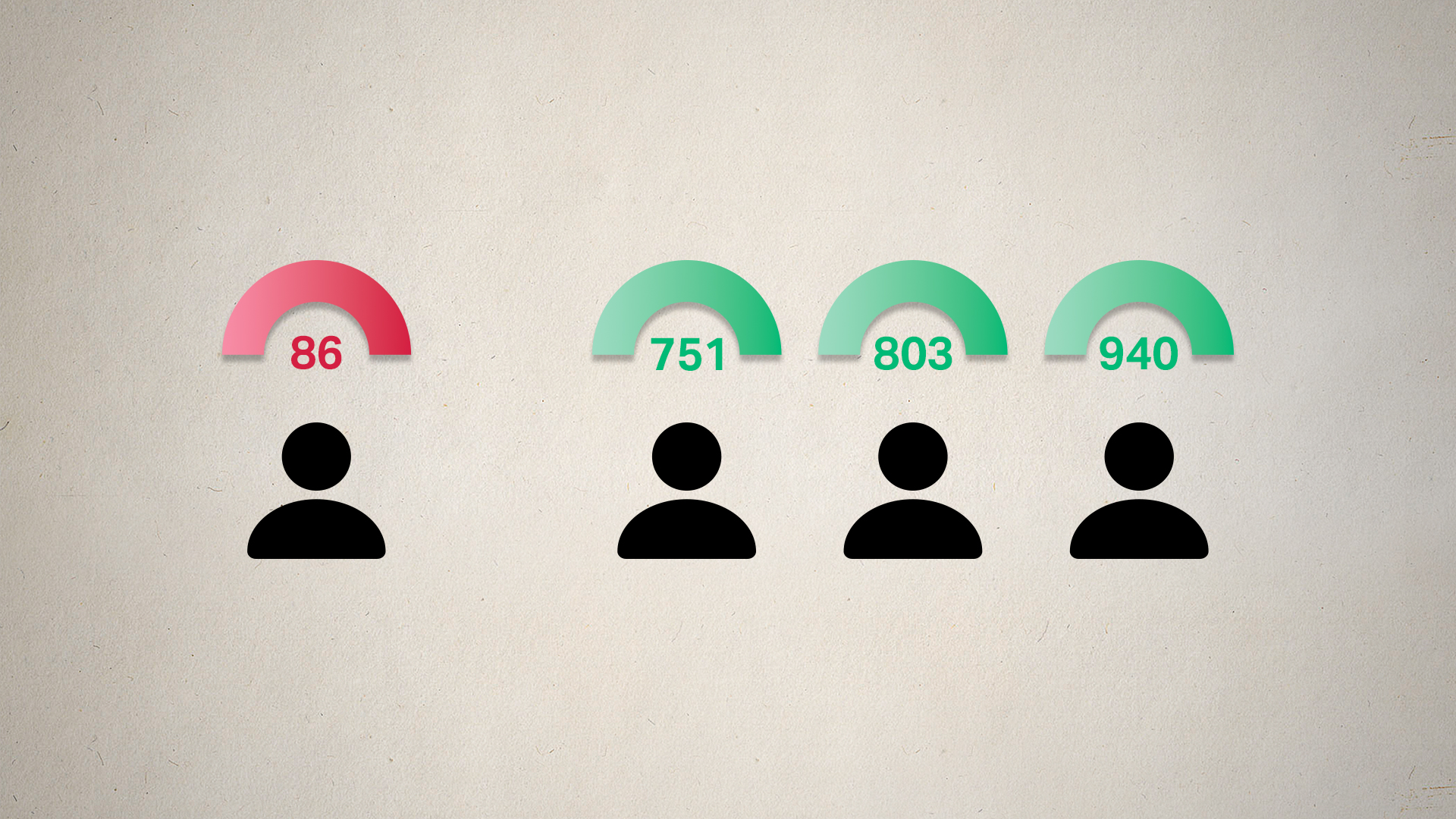




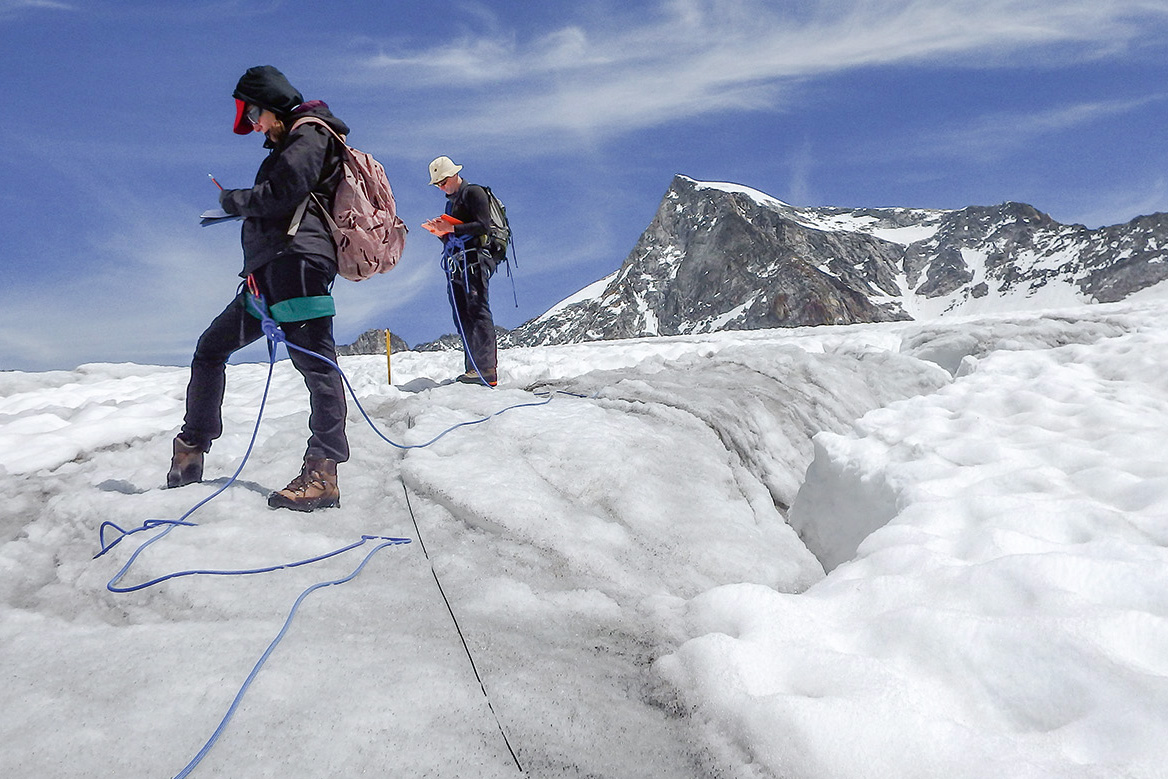

























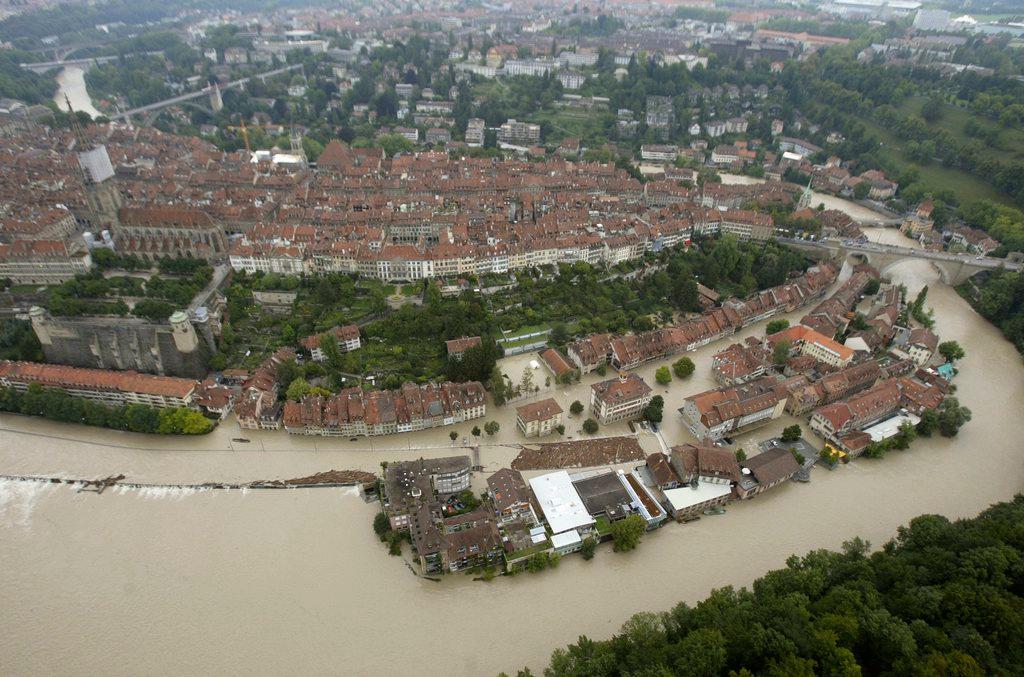

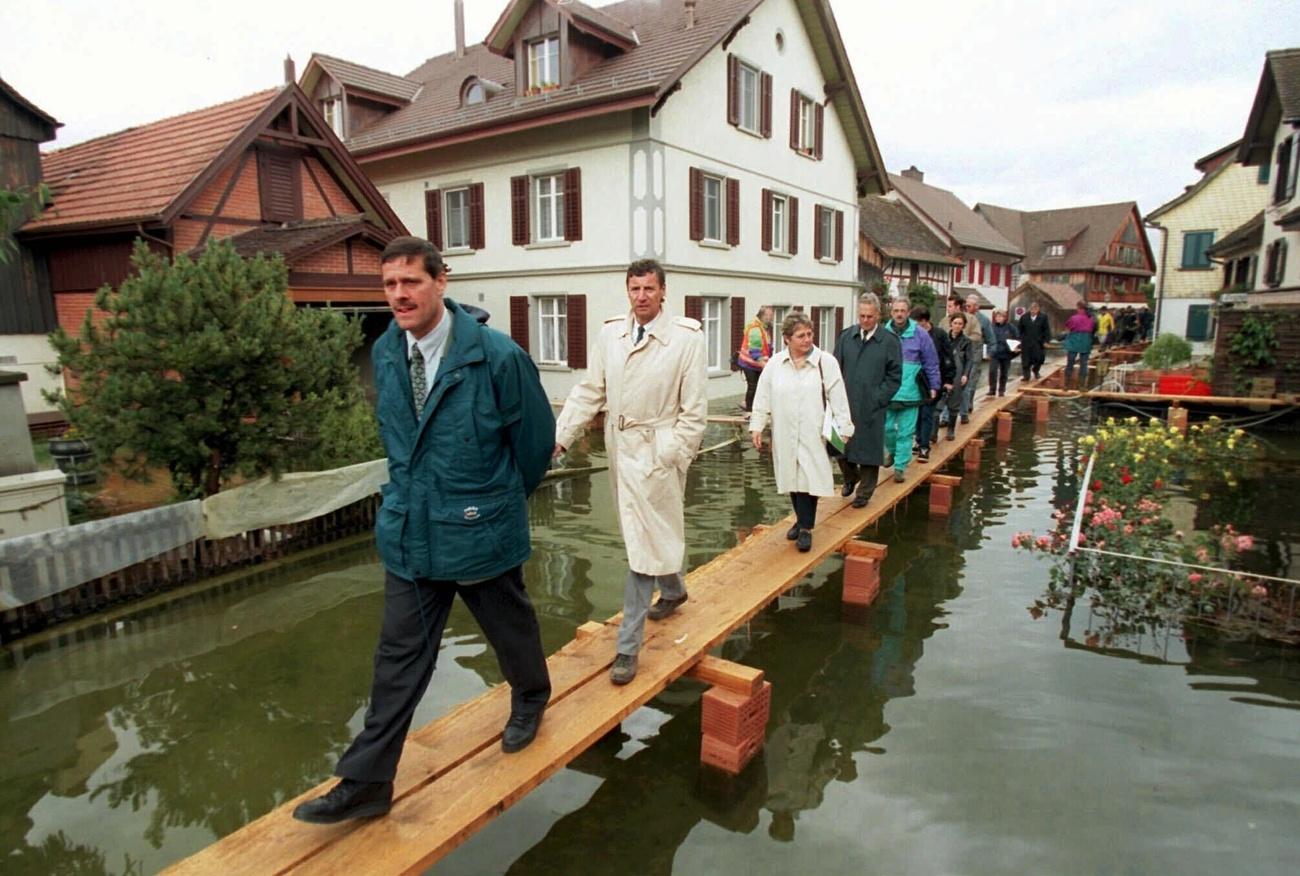
You can find an overview of ongoing debates with our journalists here . Please join us!
If you want to start a conversation about a topic raised in this article or want to report factual errors, email us at english@swissinfo.ch.